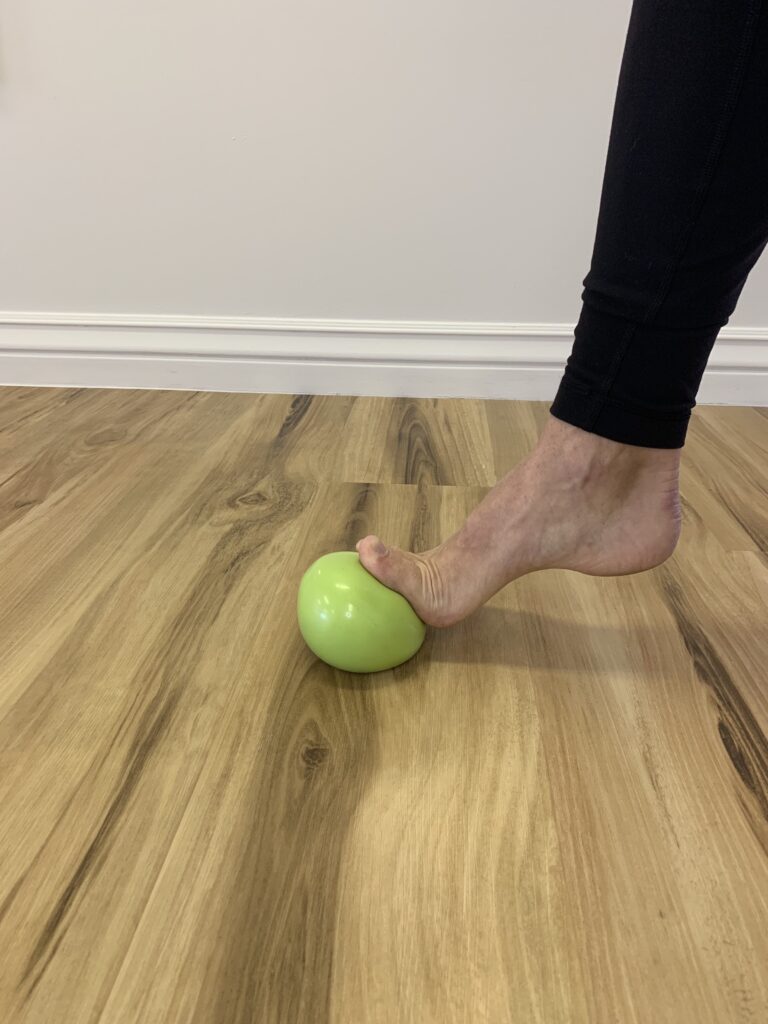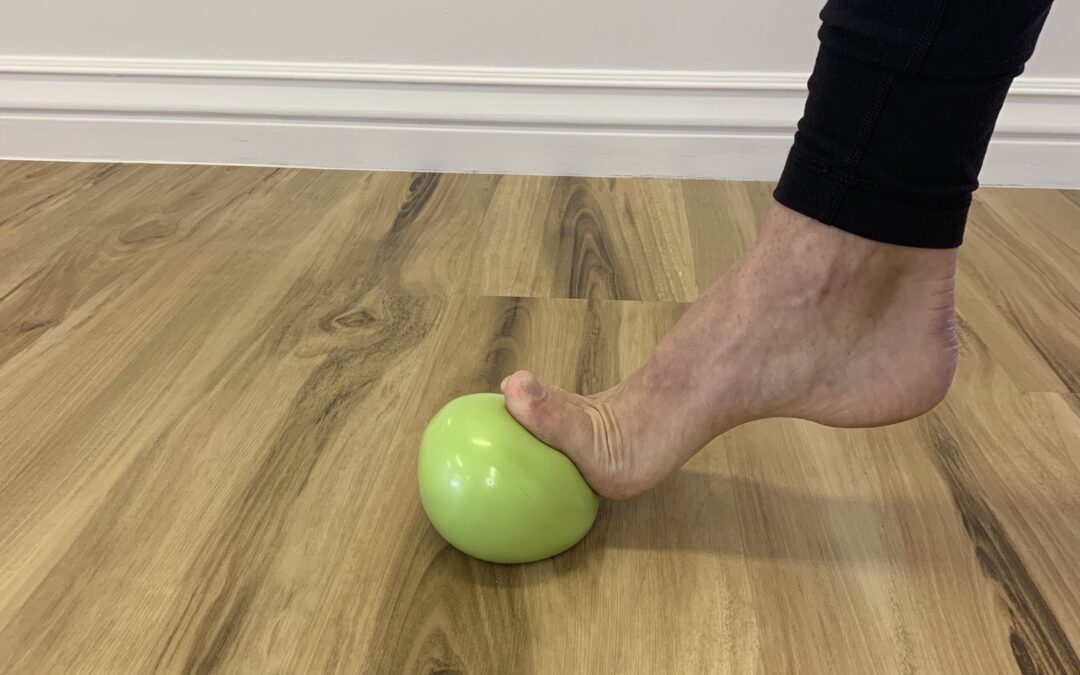5 ways foot pain can cause pelvic floor dysfunction (and vice versa)!
This is the first of a 5-part series on the connection of the foot and lower extremity to the pelvic floor

Many people have pelvic floor issues including pain, incontinence, prolapse, and others, AND have foot problems, such as plantar fasciitis, bunion, pain, or stiffness. If you are like most people, you have probably been treating them separately (if at all). It’s time to see the bigger picture…
The problem with treating the foot, leg/hip, and pelvic floor separately is that they are not separate! They cause and/or effect each other, especially over time. It can be tricky to figure out what is a cause and what is a symptom. This results in people getting the run-around as they try to find relief. People often see multiple providers, spending $$$ along the way. While it may be appropriate to get custom insoles for some people, or PT works great for others, what do you do if you have tried all of that and still have pain?
There are multiple ways the foot to the floor are linked. This is the first of a 5 part series that explains the most common, in no particular order of importance:
- Lower Leg Alignment
- Toe and Foot Mobility
- Posture
- Fascia
- The Brain
Be aware that these factors may be interacting with each other. There could be several, or all, influencing how your body is accommodating.
Stay tuned for the upcoming posts to see what else may be involved with your specific situation.
For a full evaluation of what may be happening in YOUR body, consult a trained Pelvic Floor Physical Therapist.
1. Lower leg alignment
If you look at the knee alignment, as well as the arch of the foot, you will see how moving one affects the position of the other. Many of us, especially women, have wider hips in relationship to our knee (ever notice how men seem to have plantar fasciitis less than women? Among other factors, men’s legs are pretty much right under their pelvis). Combined with weak gluteals, this makes our femurs (upper leg bone) and knees roll in. When the knees roll in, the foot arches collapse. (Side note: the IT band doesn’t love this position either, so perhaps throw away your foam roller and see a PT for knee alignment?) This is an example of a FUNCTIONAL collapse, not an ANATOMICAL collapse. (Some people have both, and your PT can address that too.) A functional collapse means that it can be corrected with proper mechanics and behaviors, and that an arch support may not help, or even make you feel worse.
Arch collapse = plantar fascia on continuous stretch/strain = PAIN = changes in how you walk = weak gluteals = arch collapse
Plantar fasciitis can be unrelenting when the alignment of the lower extremity is not addressed AS IT RELATES TO THE HIP.
How does this relate to the pelvic floor?
Hang with me here on the anatomy talk. If the bigger hip/bum muscles (gluteus medius) are weak, the deeper hip muscles (obturator) can become over-active, tight, and imbalanced. This can cause pelvic pain, usually felt near the sit-bones and/or tailbone, or may feel like deep hip pain.
I highly encourage you to seek evaluation by a trained Pelvic Floor Physical Therapist to determine if your obturator (or any muscle of the pelvic floor) is overly tight, causing you pain. This is done by internal exam, and treatment can produce significant relief and allow for proper function of the entire lower extremity, hip and floor.
In conclusion:
If you have foot pain, stiffness, surgery, etc, AND you have pelvic floor dysfunction, it is likely that they are affecting each other. It is important to see a Physical Therapist who specializes in pelvic health. This is important because you will need a full evaluation that includes the pelvic floor to help you determine the root of the problem, and help treat BOTH. If you have any questions whether this may be you or a loved one, don’t wait any longer to start finding relief. Well Being Physical Therapy offers a free 20 minute phone consultation to discuss any questions you may have.

